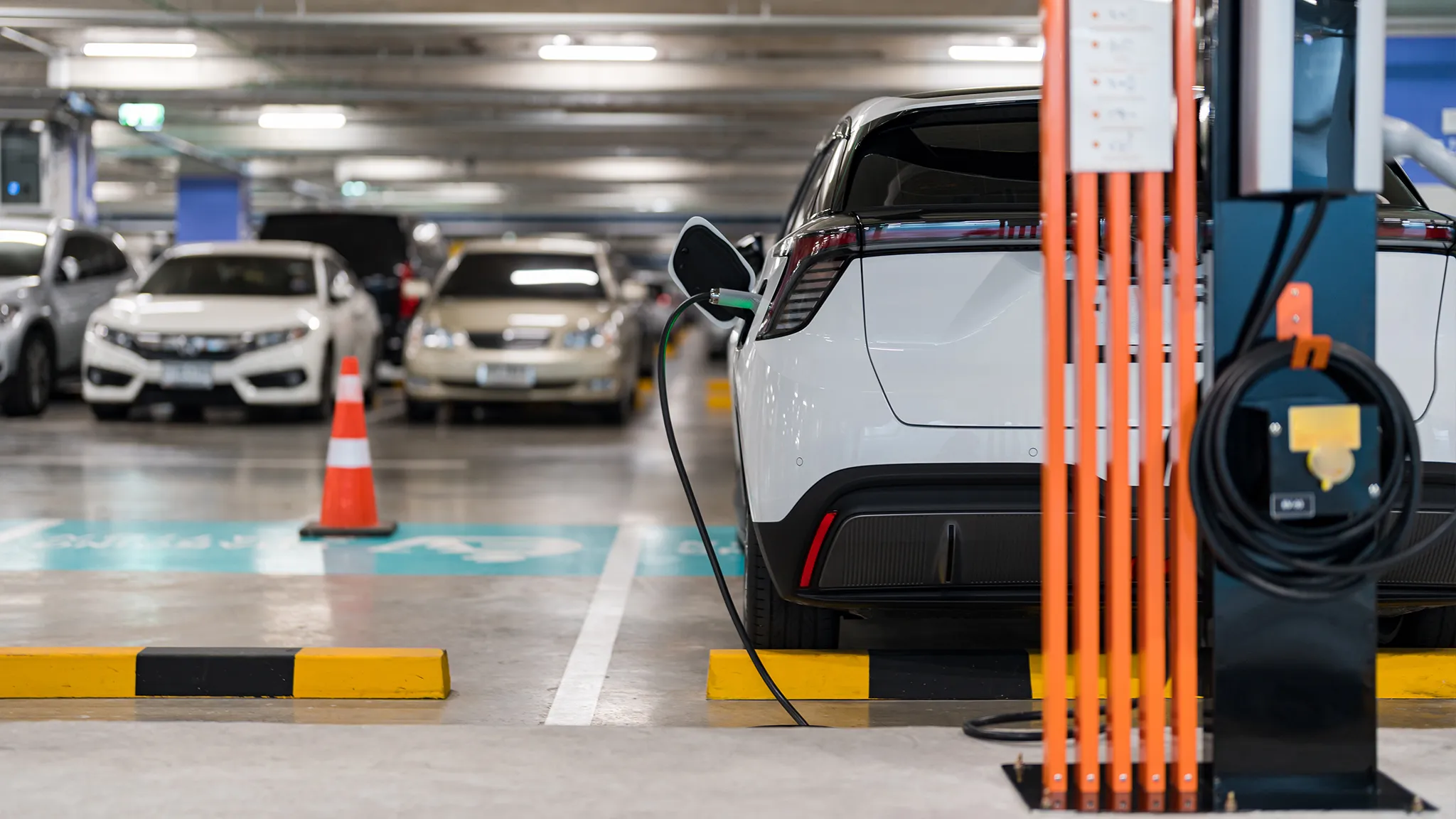Volatility Vanishes Post Election Drama
If there was one barometer that captured the market mood swings this week, it was India VIX. As election results trickled in on voting day, contradicting exit polls, the markets reacted sharply. India VIX, the volatility index, touched a two-year peak of 31.70. However, the very next day, as the picture cleared that the BJP would indeed form a government, albeit a coalition one, volatility receded just as dramatically. Currently, India VIX hovers around 19.41, signaling a return to normalcy.
Growth Agenda Still in Focus
Despite the initial jitters and the altered political landscape, concerns about the market’s trajectory and the government’s operational latitude seem to be easing. While coalition politics and a slender majority might suggest a pivot towards populist social schemes, Prime Minister Modi’s post-election speech from BJP headquarters offered a different narrative. He emphasised ambitions in defence manufacturing, accelerated progress in electronics and semiconductors, and the overarching goal of making India the third-largest economy. This focus on economic expansion, rather than solely on social welfare, sent a clear signal that developmental investment remains paramount.
The true direction will become clearer with the first 100-day agenda and the Union Budget. Before the elections, anticipating a comfortable majority, Modi had instructed ministries to prepare a 100-day plan. Now, coalition realities might necessitate incorporating partner perspectives. Yet, brokerage opinions, particularly from international firms, remain sanguine. Morgan Stanley, in its post-election analysis, anticipates no deceleration in the pace of reforms, suggesting that the next five years will concentrate on execution over legislative changes. Citi’s report highlights a comfortable 0.35 per cent of GDP (Rs 1.2 lakh crore) fiscal headroom for FY25, even while adhering to the interim budget’s fiscal deficit target of 5.1 per cent of GDP. Echoing this sentiment, JP Morgan points to the 2004 example where markets rebounded within six months despite a coalition government. History suggests election outcomes are swiftly factored in, and markets soon realign with broader global trends.
EVs Charging Ahead Despite Hurdles
This renewed focus on economic growth could be a boon for sectors like electric vehicles (EVs). News from another sector highlights that environmental consciousness and reduced running costs are major drivers for EV adoption in India. A study reveals that 77 per cent of EV owners are swayed by lower emissions, rising to 81 per cent among younger drivers. However, challenges persist. Long battery charging times (61 per cent), limited driving range (54 per cent), and insufficient charging infrastructure (52 per cent) remain significant concerns. Interestingly, awareness of EV-specific insurance is high, with consumers keen on comprehensive coverage including roadside assistance and battery replacement.
What can we anticipate for the markets and the economy? The initial election shock has subsided, and markets are regaining composure. If the government’s stated commitment to economic growth translates into policy and action, we can expect a steady, if not spectacular, market performance in the coming months. The focus now shifts to policy execution and budget announcements to validate this optimistic outlook.










Leave a Reply